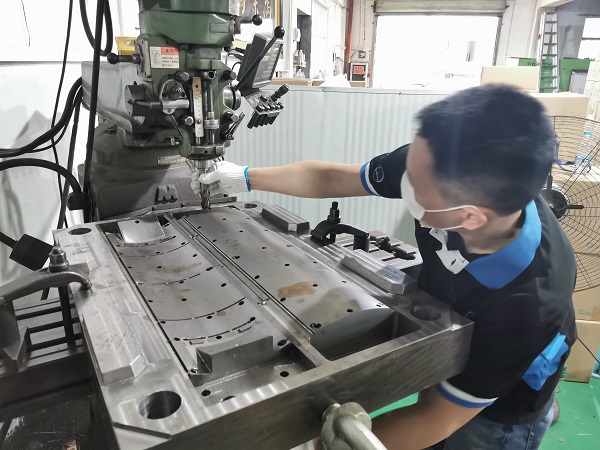An essential step in the creation of new products is prototype injection molding, which enables engineers and designers to test ideas before moving forward with large-scale manufacturing. However, prototype injection molding has its share of difficulties, just like any other manufacturing technique. We are going to examine these challenges and look at creative solutions, which open the door to smooth rapid prototyping.

Cost Implications:
The expense of tooling is one of the main obstacles in prototype injection molding. Creating a mold by hand can be costly, particularly when producing small quantities. Rapid prototyping is frequently hampered by this pricing hurdle, which makes it less affordable for startups and small firms with limited resources.
Some manufacturers have responded to this difficulty by introducing cost-effective aluminum or soft steel tooling for rapid prototyping services. While these materials might not last as long as typical steel molds, they work well for small-scale manufacturing runs and save a lot of money upfront.
Rate of Production:
The lead time for making injection molds may occasionally act as a barrier to rapid prototyping. The agility needed in the early stages of product development is hampered by traditional approaches, which might take weeks or even months.
Rapid prototyping is a field that has embraced cutting-edge technologies like 3D printing. Faster iterations are possible using 3D-printed molds, allowing engineers to test and improve designs in a matter of days. These molds are a very useful tool for expediting the prototyping stage, even though they might not be appropriate for large-scale production.
Material Limitations:
In prototype injection molding, material selection is crucial, and the development of some projects may be hampered by the availability of particular materials. It can be difficult to strike the correct balance between the demands of the project and the material qualities.
More materials that are appropriate for prototype injection molding have been developed as a result of manufacturers and material scientists working together. This comprises certain polymers that have improved qualities including transparency, flexibility, and heat resistance. These developments enable designers to select materials that nearly correspond to the desired properties of the finished product.
Complexity of Design:
During the prototype injection molding process, complicated designs with intricate features, undercuts, or different wall thicknesses may lead to difficulties. These fine details may be difficult for traditional molding techniques to accurately replicate.
This problem can be solved by combining technologies like additive manufacturing for complex mold inserts and sophisticated software tools for design optimization. The combination of cutting-edge manufacturing methods with digital design tools enables the creation of complex prototypes that faithfully depict the finished product.
Supervision of Quality:
To acquire trustworthy test findings, prototype injection molding uniformity and quality must be maintained. Accurate assessments can be hampered by variations between prototypes resulting from manufacturing process variability.
Ensuring that every prototype satisfies the necessary standards is achieved by the use of strong quality control procedures, such as sophisticated inspection techniques and rigorous tolerance checks. Further improving the prototypes' repeatability and reliability is automation in the inspection process.
Despite the difficulties associated with prototype injection molding, creative solutions are still being developed, which has increased the accessibility and effectiveness of rapid prototyping. Prototype injection molding is going to become a major component of modern product development as a result of the industry's evolution, and addressing these issues will require the integration of cutting-edge technology and cooperative efforts.